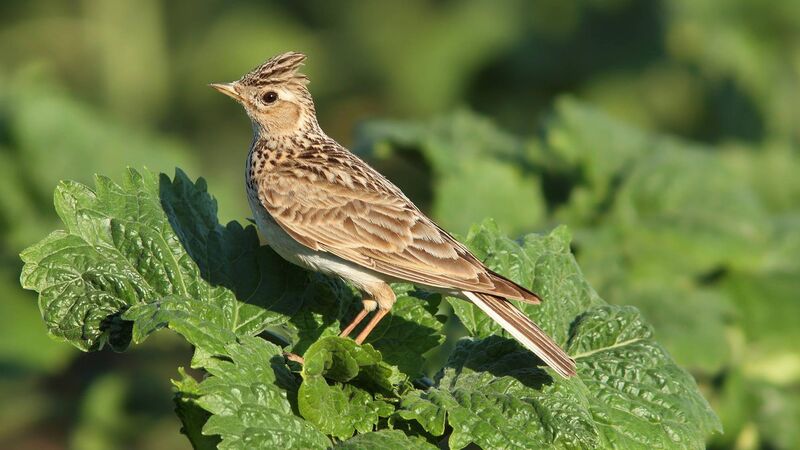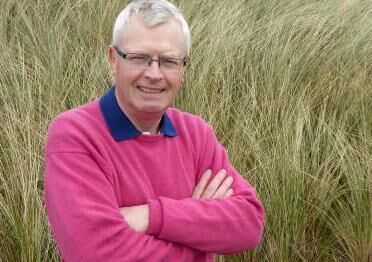Donal Hickey: When trying to reform farming, money talks

'A bird that’s badly missed in the Irish countryside is the singing skylark [Alauda arvensis] especially in moorland areas.' File picture
IF somebody who died in the 1970s were to return they might find it difficult to recognise the once-familiar Irish landscape. Housing estates, shopping centres, and new roads now cover what were once green fields.
Ditches and trees have been removed, wetlands drained and converted into productive farm land. There are tillage fields in East Cork, for example, which are as big as a small farm in Kerry.
The all-out drive for food production, which has given Ireland a global reputation for the quality of its fare, has come at a high price. The huge loss of farmland birds and pollution of rivers and lakes are prime examples of this.

But talk about the need for action to change farming in ways that help nature and tackle pollution is meaningless without one essential element. Money.
The EU’s Common Agricultural Policy (CAP) has been pumping millions into farming here for several decades, all driven by the need for production. But advocates for wildlife and a cleaner environment argue there’s no serious effort to entice farmers to move away from production. And the enticement is money.
While there is an increase in support for organic farming, the overall plan doesn’t offer the funding or ‘policy nudges’ to change direction from business as usual, says Birdwatch Ireland.
Only about 5-7% of the new, €9.8bn CAP budget will be targeted to support farmers to halt the loss of biodiversity, address waterway pollution from agriculture, and cut growing greenhouse gas emissions.
Agriculture is the biggest driver of biodiversity loss in Ireland, according to the National Parks and Wildlife Service reports to the European Commission on the state of EU-protected habitats and species.
It is also the largest source of greenhouse gas and ammonia emissions and the most significant driver of declines in water quality, which affects plant and animal life. The changed scene on Irish farms is replicated in other European countries.
Once-abundant hedgerows, which provided habitat for birds, insects, and other creatures, have disappeared along with mixed farms where trees, wild vegetation, and ditches offered food and shelter for varied wildlife.

As well as the curlew, snipe, and grouse, a bird that’s badly missed in the Irish countryside is the singing skylark, especially in moorland areas. Nature lovers call for a diverse landscape with different habitats, but this is not in line with intensive, specialised farming.
Oonagh Duggan, of Birdwatch, welcomes what she describes as some small, positive changes to support biodiversity, but wants more.
“This is a minimalist CAP plan that supports minimum action for the environment and goes nowhere near what’s required to meet 2030 nature and climate targets and reverse the damage caused by agriculture policy,” she argues.









